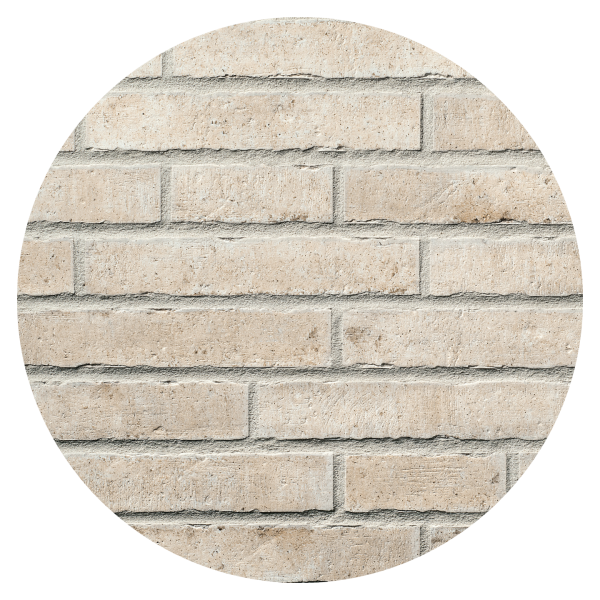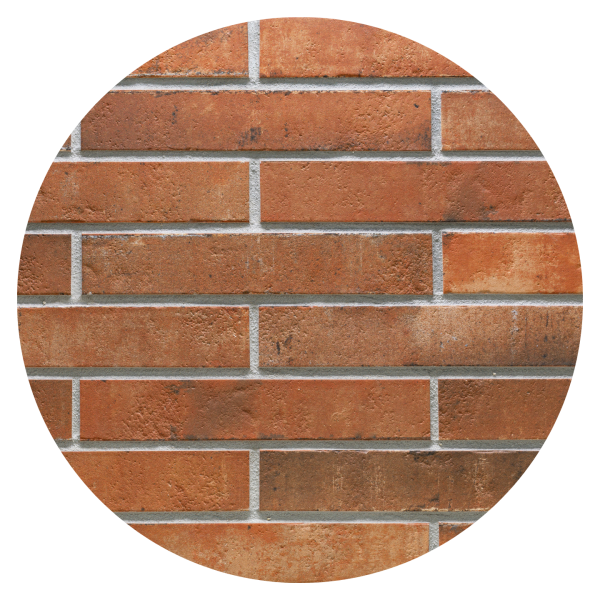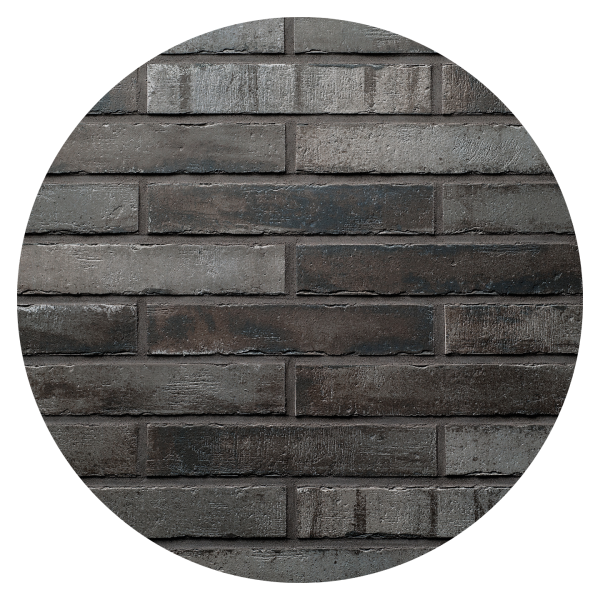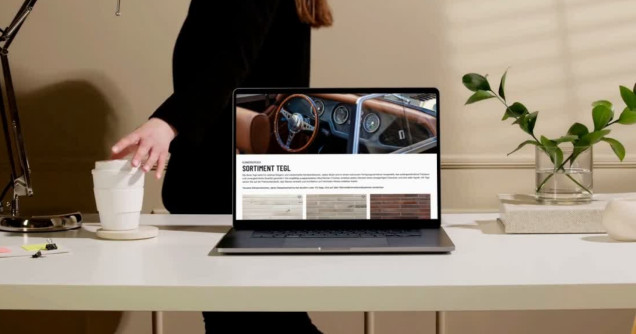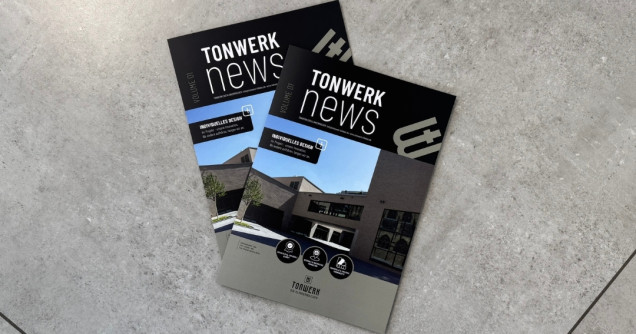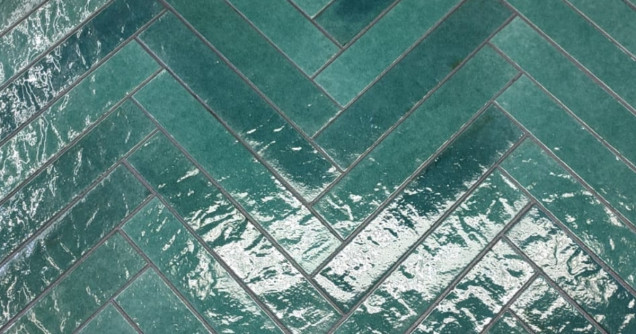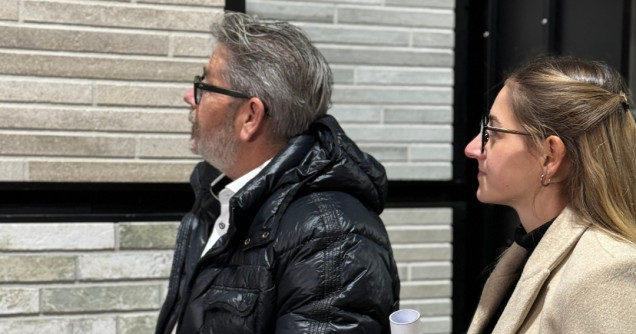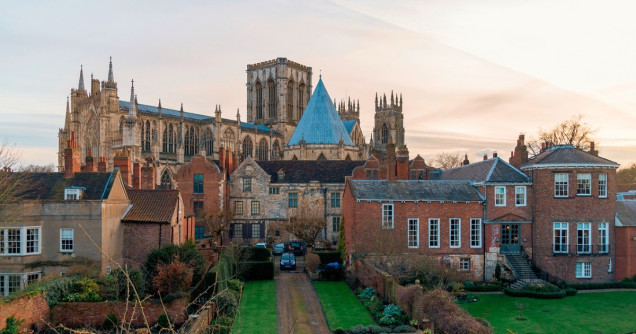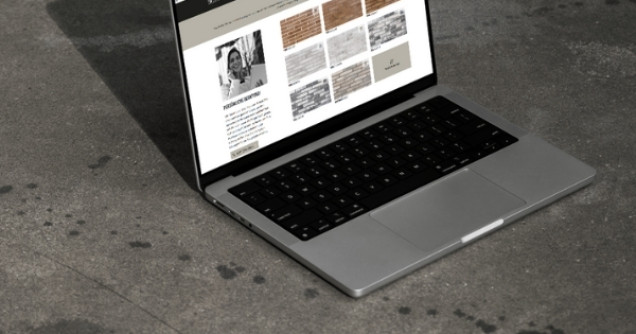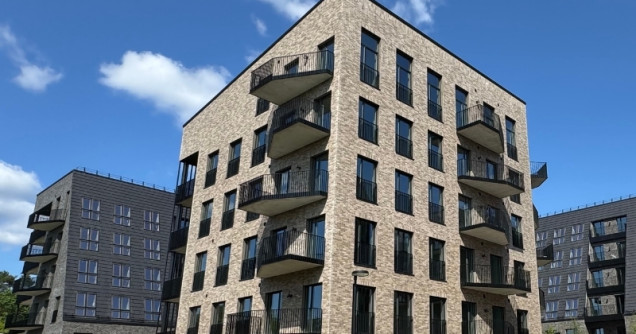hanging Architecture: The Revival of Natural Color Palettes
Today, as sustainability, durability, and authenticity have become core values in construction, facade design is also undergoing a clear transformation. More and more architects and builders are choosing materials and color palettes that emphasize natural origins while allowing for a modern interpretation.
Warm natural tones – inspired by earth, clay, and light – are increasingly coming into focus. They stand not only for a calm, harmonious aesthetic but also for regional identity, lasting value, and a new, timeless understanding of beauty.
2025 is set to be the year of this color palette: shades of sand, ochre, terracotta, and earthy browns will define the look of modern facades – as a conscious choice for architecture with character and conviction.
Architektur im Wandel: Die Rückkehr zur natürlichen Farbigkeit
Warm natural tones – inspired by earth, clay, and light – are increasingly coming into focus. They stand not only for a calm, harmonious aesthetic but also for regional identity, lasting value, and a new, timeless understanding of beauty.
2025 is set to be the year of this color palette: shades of sand, ochre, terracotta, and earthy browns will define the look of modern facades – as a conscious choice for architecture with character and conviction.
Why natural tones?
Warm shades like sandy beige, terracotta, brick red, or earthy brown are far more than just colors — they reflect a conscious design mindset. These hues stem from the natural color palette of our environment and evoke associations with earth, clay, sun-dried bricks, or sunlit landscapes.
Those natural tones have a calming, harmonious, and unifying effect. They create a sense of familiarity and warmth. Their true potential unfolds when combined with modern building materials like glass, concrete, or steel: The interplay between clean architectural lines and natural colors creates contrasts with real depth. That’s why facades in warm natural tones don’t follow trends — they radiate elegance and timeless relevance.
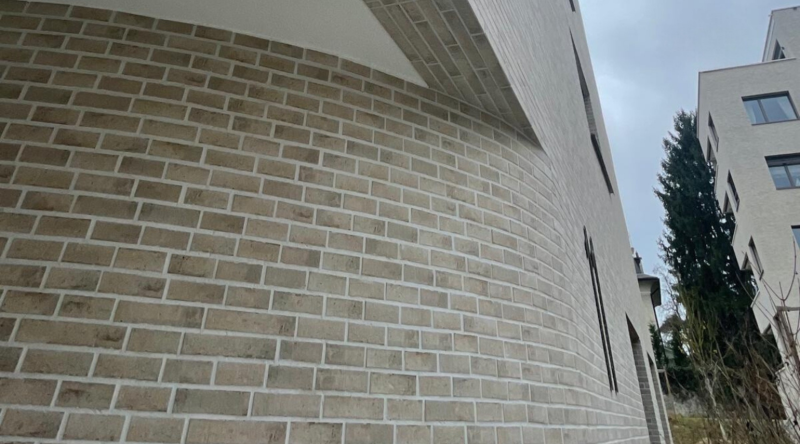
Why natural tones?
Warm shades like sandy beige, terracotta, brick red, or earthy brown are far more than just colors — they reflect a conscious design mindset. These hues stem from the natural color palette of our environment and evoke associations with earth, clay, sun-dried bricks, or sunlit landscapes.

The Role of Bricks: Authentic. Durable. Expressive.
Brick-slips in warm natural tones are experiencing a renaissance — and for good reason. Fired clay ceramics are known for withstanding the elements, retaining their natural color, and delivering durability that lasts for decades – combined with a natural look that feels genuinely understated.
At Tonwerk, we focus on offering a wide selection of warm-toned brick-slips that deliver both technically and aesthetically. They create depth, character, and vibrant facades that reveal new nuances depending on the light – bringing architecture to life, day after day.
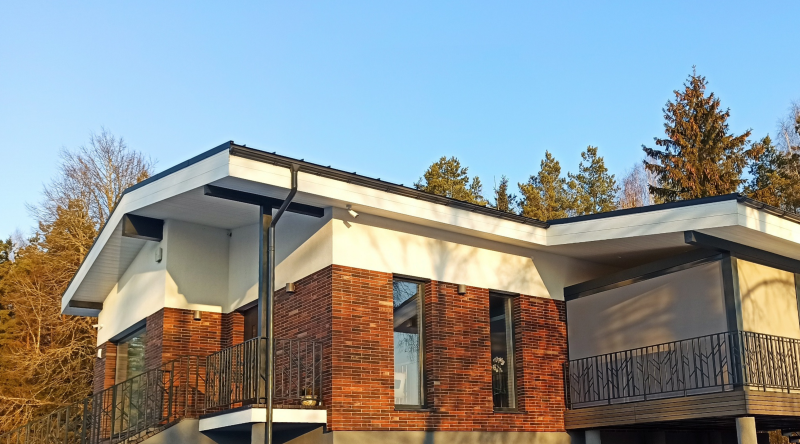
The Role of Bricks: Authentic. Durable. Expressive.
Brick-slips in warm natural tones are experiencing a renaissance — and for good reason. Fired clay ceramics are known for withstanding the elements, retaining their natural color, and delivering durability that lasts for decades – combined with a natural look that feels genuinely understated.

These Color Tones Will Set the Architectural Standard in 2025:
- Ochre Beige & Sandstone – Ideal for Mediterranean designs or contemporary country homes.
- Terracotta & Brick Red – Classic, authentic, and full of energy.
- Tobacco Brown & Copper Red – Elegant and expressive, perfect for high-end residential architecture.
- Muted Earth Tones – Especially harmonious when combined with wood, glass, or exposed concrete.
Building Warm Means Building with Vision
Warm natural tones in 2025 represent not just a trend — but a clear commitment: against fleeting fashions, for authentic materials, and for lasting beauty. Those who build today should think not only of tomorrow, but of the coming decades. With Tonwerk brick-slips in warm natural tones, this vision becomes reality.
Our thin ceramic brick-slips are ideal for modern facade design — including in combination with external thermal insulation composite systems (ETICS). They combine top technical quality with natural color palettes. Thanks to precise manufacturing and a wide range of formats, even custom architectural solutions can be implemented with ease.
Photos: Leszek Ogrodnik
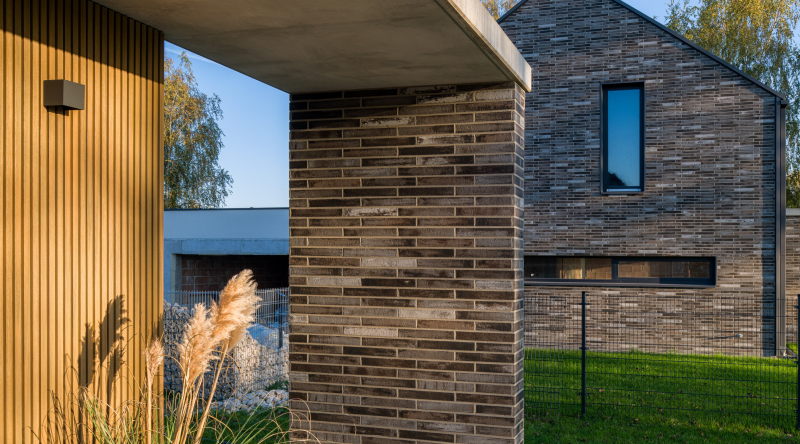
Building Warm Means Building with Vision
Warm natural tones in 2025 represent not just a trend — but a clear commitment: against fleeting fashions, for authentic materials, and for lasting beauty. Those who build today should think not only of tomorrow, but of the coming decades. With Tonwerk brick-slips in warm natural tones, this vision becomes reality.
Photos: Leszek Ogrodnik

